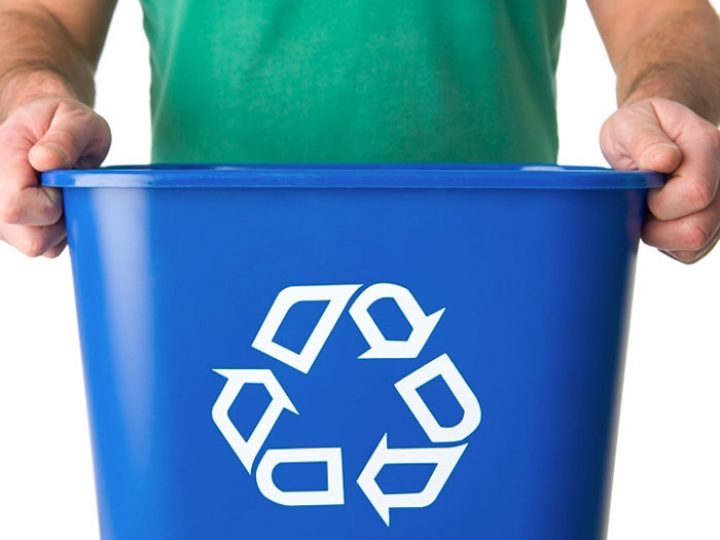It is widely known that the number of recycling programs in the US has grown exponentially within the last twenty years. According to the EPA, recycling rates in the US more than doubled between 1990 and 2012. Today, while the number of Americans with an available curbside recycling program has drastically increased, our recent study discovered we still have a long way to go. Despite significant gains in the availability of recycling programs, there are still many barriers or hoops to jump through that often make recycling difficult and inconvenient. Whereas individuals in some communities automatically receive their curbside receptacle as soon as they move into their residence, others may have to register for service, elect to pay additional fees for access, or drive across town to dispose of their recyclables. There is still a wide spectrum in the quality of available recycling programs.
According to a comprehensive national study commissioned by the Sustainable Packaging Coalition (SPC) in partnership with 12 trade associations and NGOs which looked at over 2,000 communities and recycling programs, 73% of the population had curbside recycling programs available. According to the study’s lead organizer and SPC Associate Director, Adam Gendell, “curbside program availability means that the consumers might have a curbside receptacle. It doesn’t mean that they do have a curbside receptacle.” Of the percentage of the population with curbside recycling available, only 53% are automatically provided a curbside receptacle by their municipality, while 6% have opt-in programs in which participants are required to sign up in order to receive their receptacle. The other 14% must find a privately-operated hauler who will provide curbside recycling for a monthly or annual subscription fee. This means just over half of the US population has we consider to be quality access to recycling. Of the remaining portion of the population, 21% of people only have drop off facilities in their communities, and 7% of Americans have no recycling programs available at all.
According to EPA’s annual recycling analysis report, Americans recycled 34.3% of their waste as of 2013 — only a moderate increase from 28.5% in year 2000. This isn’t very surprising considering the data revealed by the SPC. The estimate that nearly half of Americans aren’t automatically provided access to curbside recycling demonstrates how inherent barriers are present within the US recycling infrastructure. Despite the availability of other forms of recycling (i.e. opt-in, subscription, or drop off), the likelihood of the average person following through on these opportunities is significantly lower than the automatic alternative. In fact, data from SPC’s study revealed that of the 20% of Americans with non-automatic curbside recycling programs, only a third enroll and receive their curbside receptacle. Bottom line, this means that about 60% of Americans have a curbside receptacle. Four out of ten do not. It seems only likely that if automatic curbside recycling programs reached more than half of the American population we would experience a spike in recycling and the amount of material recovered.
Further, multi-family residences are often overlooked when we analyze the availability of recycling programs. Strikingly, the SPC found that only 20% of the population live in cities that offer standardized curbside recycling to single-family, small multi-family, and large multi-family residences. According to the report, those living in multi-family complexes are “not only less likely to receive municipal or contracted curbside recycling services, but they are subject to their property manager’s decision as to whether they will choose to subscribe to commercial recycling services where offered.” Considering 51% of Americans live in multi-family homes, this leaves a significant portion of the population without a curbside program. If we aim to increase the true availability of recycling and the amount of recycled material, these communities must be extended the opportunity to participate — especially in a rapidly urbanizing community.
The national snapshot provided by the SPC suggests how and why there isn’t as much availability of recycling in the US as we’ve once thought, and gives us a new sense of the opportunity to boost recycling rates and identify opportunities for improvement in key areas. You cannot win a boxing match with your eyes blindfolded. For the first time ever, this comprehensive and thorough study allows us to take a granular look at the state of recycling from a national scope. Our blind spots have been exposed and we now have the essential information needed to identify our challenges.


